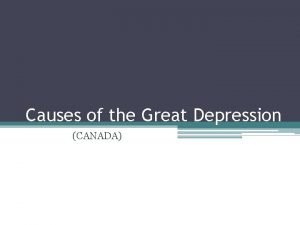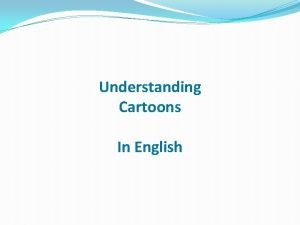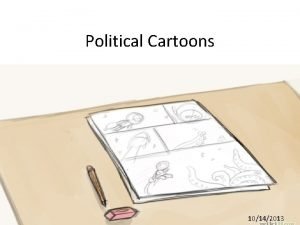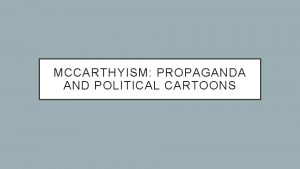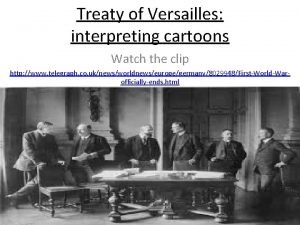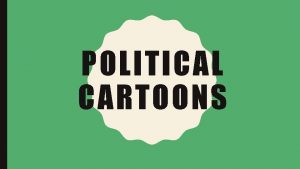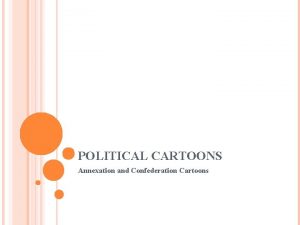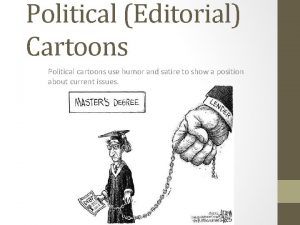EDITORIAL CARTOONS WHAT ARE EDITORIAL CARTOONS Editorial cartoons






- Slides: 6

EDITORIAL CARTOONS

WHAT ARE EDITORIAL CARTOONS? Editorial cartoons are found in the editorial – or opinion – section of a newspaper. They are created by cartoonists as a way of visually commenting on and often criticizing the world around them – with humor. Editorial cartoonists express their ideas and opinions about issues (for example, what to do about Canada’s economy), events (such as the Olympic Games) or public figures (like the Prime Minister).


VIEWPOINTS Because cartoons are drawn from the viewpoint of the cartoonist they do not tell the whole story about the event, issue or individual, but they reveal important messages. Their purpose is to grab people’s attention and cause them to re-examine their views on a subject. Editorial cartoons typically send a particular kind of message. The message is conveyed through images and wordplay. Their tone is generally ironic (portraying events in ways that are unexpected or contrary to how they seem), satiric (ridiculing the event, individual or issue), or humorous (inviting readers to laugh at themselves or at others).

THE MESSAGE In order to interpret the message of an editorial cartoon it is helpful to understand the context – the time, place and situation. It is also useful to understand some of the common art techniques used by cartoonists to emphasize their points. Considering these things will help you better decode and appreciate the message behind the cartoon.

WHAT COMMON ART TECHNIQUES ARE USED BY EDITORIAL CARTOONISTS ? Caption (a sentence or phrase that is the title or explanation of the cartoon); Labels (words or numbers in the drawing to identify people, objects or dates); Relative size (some images are drawn much larger or much smaller than others); Light and dark (use of dark shading and white space to create an effect); Composition (the arrangement or location of figures or objects in the centre or background); Symbols (a sign or image to represent something else); Caricature (a distorted, simplified or exaggerated representation of a figure).

